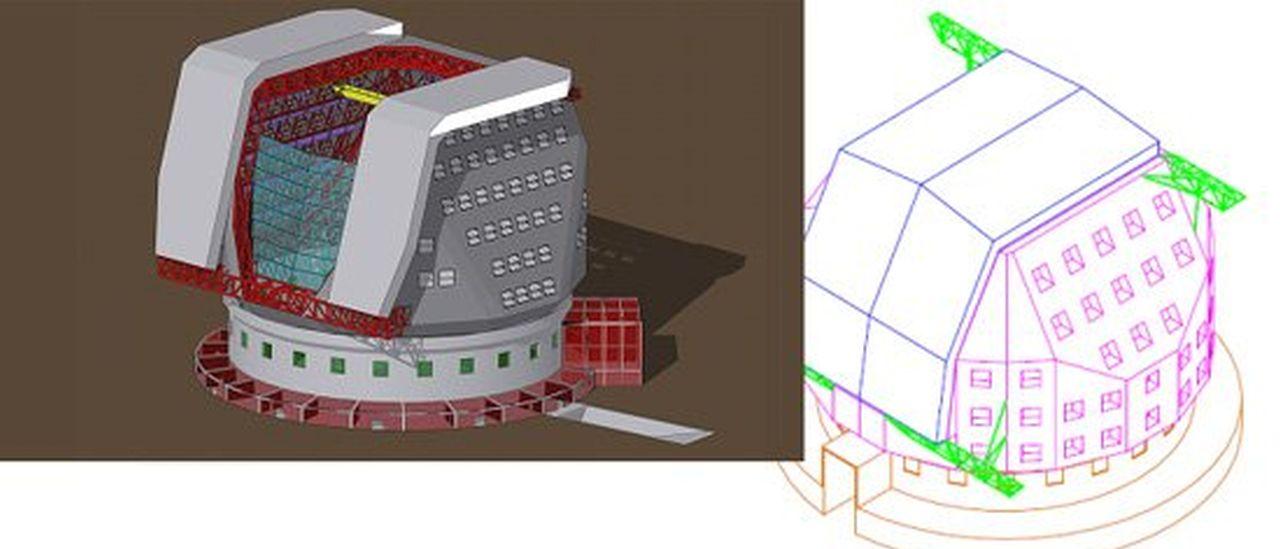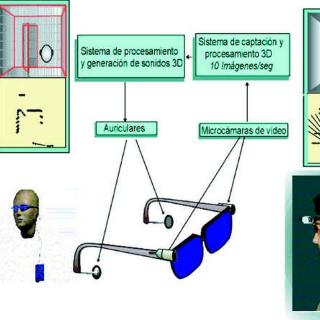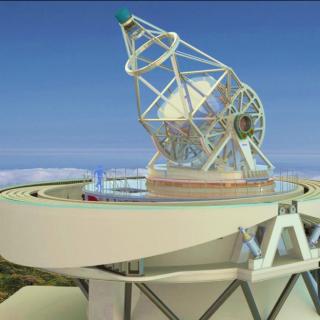General
Headed and coordinated by ESO, a total of 27 astrophysical research centres and companies from the technological sector of Europe, including the IAC, have signed a contract with the European Commission within the framework of the sixth European programme (FP6), to carry out design and technological development studies orientated towards the future European Extremely Large Telescope (European ELT). The aim of the studies is to analyse the conceptual feasibility and confirm the technology to be applied to the project. The objective of FP6 is to coordinate European research and development efforts and to provide a financial tool permitting the creation of a European science and technology market. The studies to be undertaken encompass various related fields related to astrophysics: wavefront control, optics, mechanics, dome and wind orientation, adaptive optics, telescope operation, instrumentation and site characterization. Various wide-scope projects are being carried out in the ELT studies. The Active Phasing Experiment (APE) is an instrument for ESO’s VLT in Chile whose purpose is to compare four techniques of wavefront sensing for co-phasing the mirror segments. The IAC is responsible for the development of two wavefront sensors, one based on curvature (DIPSI) and the other based on Mach-Zehnder coronography (ZEUS). The Wind Evaluation Breadboard (WEB) is another experiment whose purpose is to test technologies for the ELT of the segment alignment system (edge sensors, actuators and real-time control) by subjecting them to real wind conditions at the Teide Observatory. The IAC is responsible for the design of the simulator for the segmented mirror and the entire control system. The IAC participates in dome designs for the ELT and in studies of the effects of wind in the dome interior. Two contracts have been awarded for the study the concepts of a spherical and a polygonal dome for two reference sites, one with higher loads due to snow and the second with a greater degree of seismicity. In the field of adaptive optics (AO), the IAC is involved in the investigation of reconstruction algorithms that reduce the heavy computational load required by the ELT and in the assessment of real-time FPGA-based for the implementation of the said algorithms. The IAC has developed the Fourier reconstructor, which is being tested for the European ELT on the ESO simulator. Within the framework of the characterization of sites for the ELT, the IAC has, with ESO, developed instrumentation for the measurement of atmospheric quality parameters (MASS-DIMM) in an effort to standardize the measurments at the ELT candidate sites (Chile, La Palma, Argentina and Morocco). The IAC has also developed SCIDAR instruments for measuring atmospheric turbulence profiles that are now operating in the observatories in La Palma (ORM), Tenerife (OT) and Paranal (Chile). The SCIDAR at Paranal is the first instrument developed for ESO by Spain.



